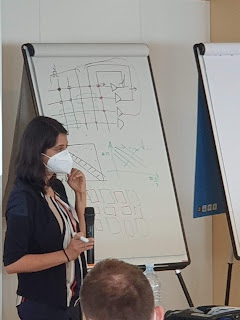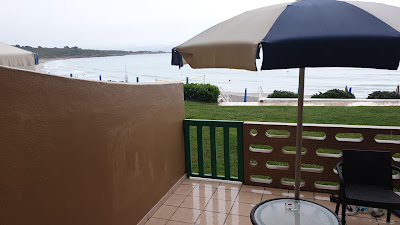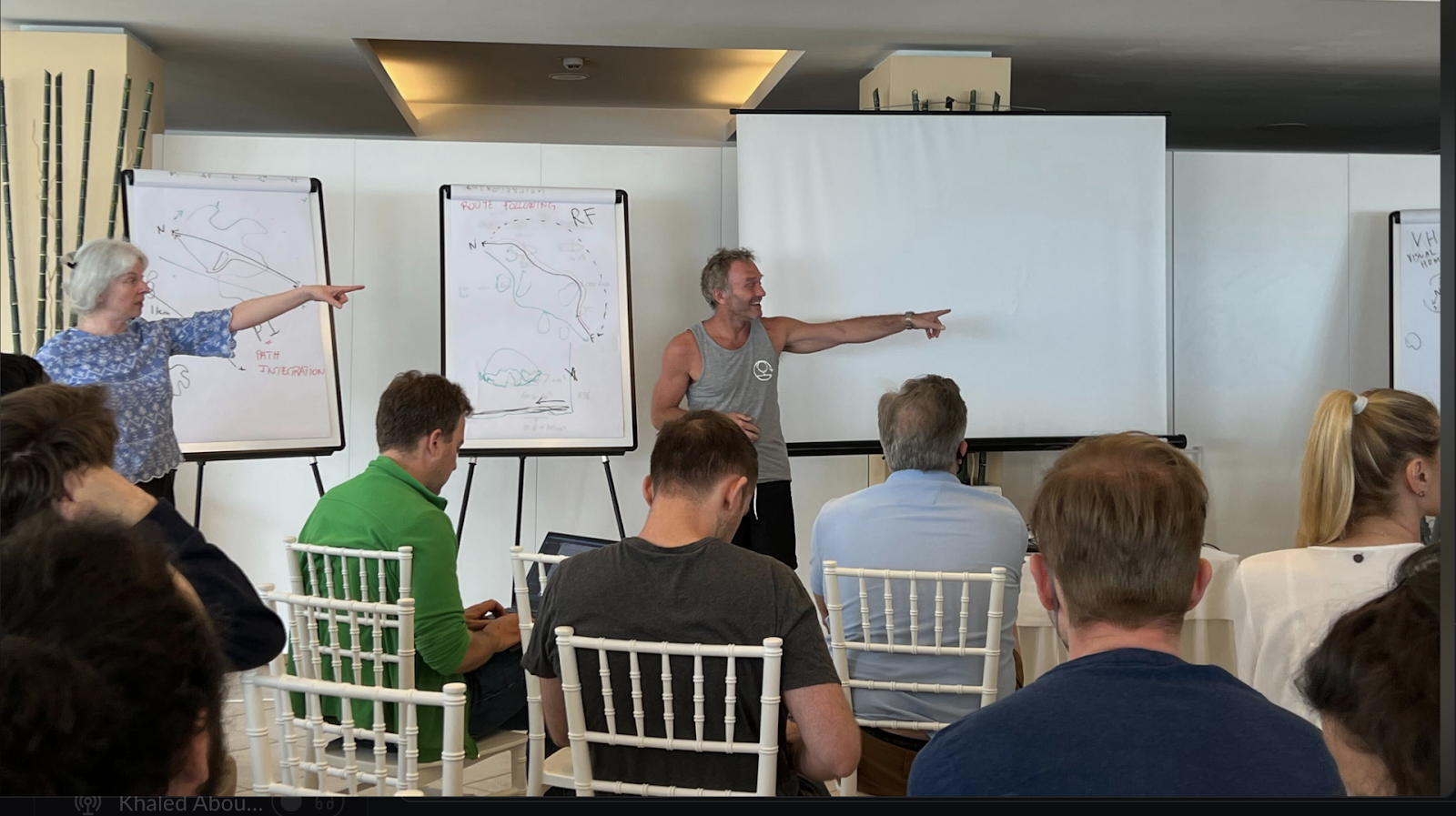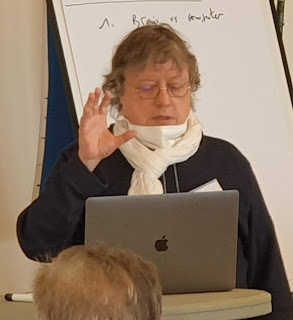Day 9 - Ben Grewe and Pau Aceituno - Cortical neaning rules and dynamical states
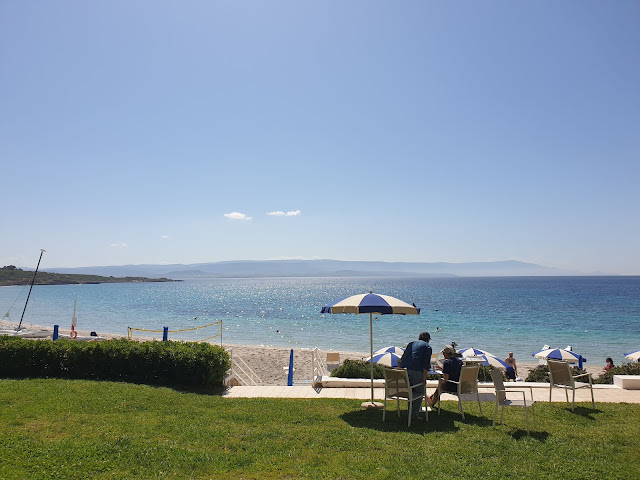
This morning at 930 we heard very interesting session on the beach from Ben Grewe and Pau Vicente, both from Zurich. The slowly increasing number of positive COVID cases forced cancellation of all indoor groupings, and so the beach event took place under brilliant blue sky and shimmering sea. Benni started off by making the bold statement that learning rules did not matter. What matters is what the cell wants to do, via a cost function that the cells try to optimize. In the end, via calcium second messengers, the cells ultimately seems to have two attractor states, resting and active, and cellular feedback mechanisms always make neurons move to these stable down and up states. After the coffee break (where participants were exhorted not to blow hot air at each other), Pau Aceituno took over. He looks at the problem in terms of Shannon information. The S sensor B brain and A action represent an agent (animal or artificial) that must process information. Just like in a Morse code wh...
